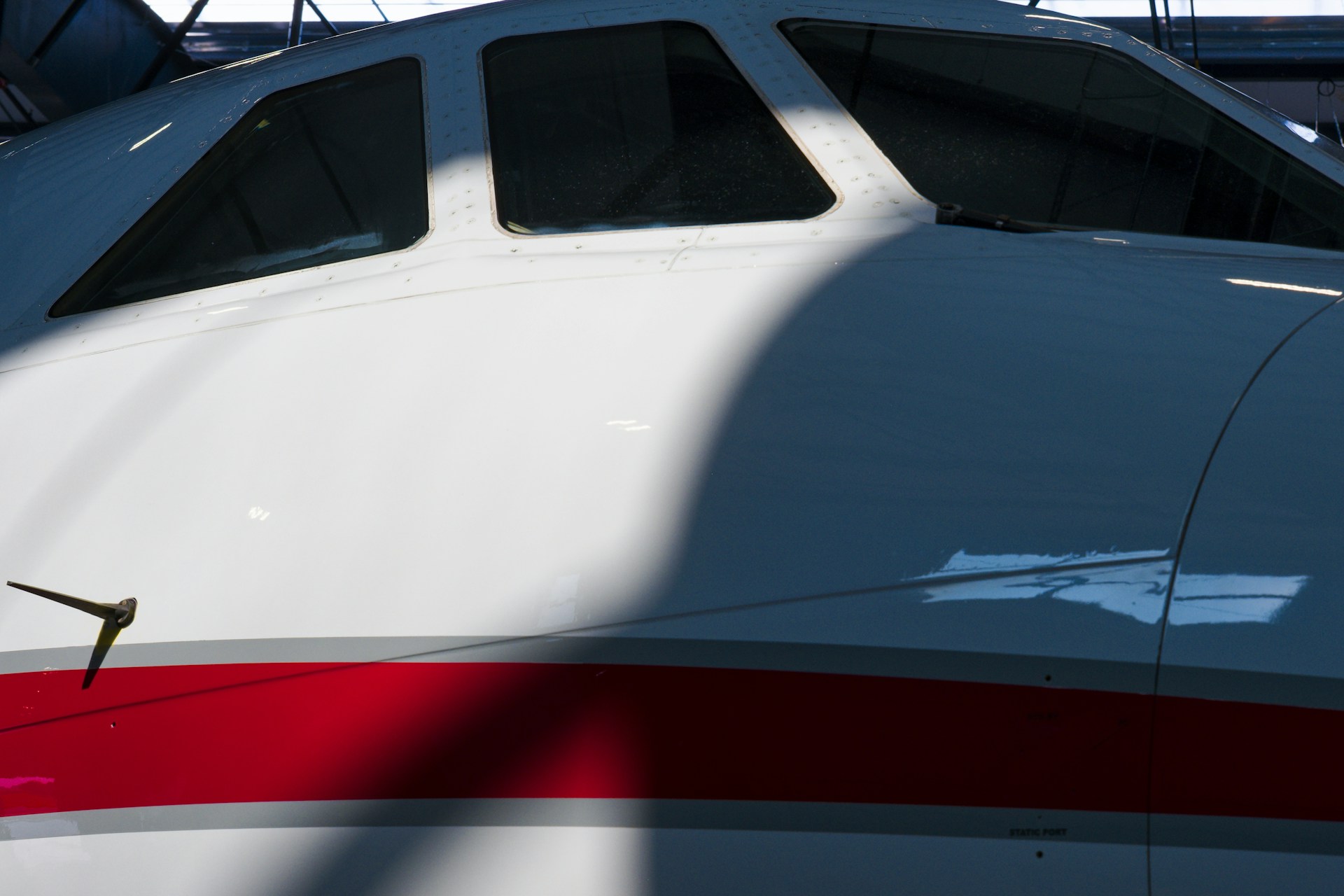
The aerospace industry is known for its uncompromising standards and stringent requirements in terms of safety, performance, and reliability. As aviation technology continues to advance, nondestructive testing (NDT) plays an increasingly critical role in safeguarding the operational success of aircraft and space vehicles. In an industry where both human lives and valuable assets are at stake, the effective use of NDT methods and techniques is essential in detecting and preventing defects, failures, and other potential hazards.
In this article, we’ll talk about nondestructive testing within the aerospace industry, exploring the key NDT methods and applications critical to upholding the highest standards of safety, performance, and reliability in this highly specialized field. We will discuss the importance of NDT in aircraft manufacturing, maintenance, repair, and overhaul processes and its vital role in space exploration ventures.
For aspiring NDT professionals seeking to contribute their skills and expertise to the aerospace industry, specialized training and certifications are vital to ensuring your success in this demanding sector. Unleash your potential and launch your career in aerospace NDT with National Inspection’s top-tier training programs, curated to help you develop the necessary knowledge, skills, and certifications to excel in this fascinating and challenging field.
Discover how embarking on an educational journey with National Inspection can elevate your career as an NDT professional in the aerospace industry. Your path to success begins here—are you ready to take flight?
1. NDT Methods Crucial to the Aerospace Industry
The unique demands of the aerospace industry necessitate the use of specific nondestructive testing methods, targeting the detection of defects in aircraft components such as the fuselage, wings, engines, and landing gear. Key NDT techniques employed within the aerospace industry include:
Ultrasonic Testing (UT)
Ultrasonic Testing is a versatile and highly sensitive NDT method that uses high-frequency sound waves to detect internal flaws within aircraft components, such as cracks, voids, and delamination in composite materials. UT is frequently used in the examination of critical aerospace structures, including engine parts, landing gear, and wing surfaces.
Eddy Current Testing (ECT)
Eddy Current Testing is particularly suited to the inspection of conductive materials commonly utilized in the aerospace industry, such as aluminum and titanium alloys. ECT is effective in detecting surface and near-surface defects, including cracks, corrosion, and material inconsistencies, making it an invaluable tool in the assessment of aircraft fuselages, wings, and engine components.
Radiographic Testing (RT)
Radiographic Testing, which involves the use of X-ray or gamma radiation to generate images of internal aircraft structures, is a critical method for detecting defects within aerospace components. This technique is commonly used to inspect welds, fasteners, and engine parts, revealing potential flaws in material integrity and proper assembly.
Liquid Penetrant Testing (PT)
Liquid Penetrant Testing is a cost-effective and straightforward NDT method for detecting surface-breaking defects in nonporous materials. An essential method in the aerospace industry, PT is used for the inspection of various aircraft components, including landing gear, engine housings, and other crucial structures.
2. Ensuring Aircraft Safety: Manufacturing, Maintenance, and Repair
The continuous application of nondestructive testing throughout the lifecycle of an aircraft plays a vital role in guaranteeing the safety, performance, and asset integrity of these complex vehicles. NDT is instrumental in the following stages:
Manufacturing
During the manufacturing process, NDT is utilized to ensure the quality of materials and the proper assembly of aircraft components. Technicians inspect elements like airframe structures, engine components, and hydraulic systems to identify potential flaws in the initial stages of production.
Maintenance and Inspection
Routine NDT inspections are carried out on a scheduled basis to identify wear, fatigue, corrosion, and other possible defects that may compromise flight safety. These assessments are vital to anticipating and preventing component failure and extending the operational lifespan of aircraft.
Repair and Overhaul
When damage is detected during maintenance inspections or following an incident, NDT is employed to determine the extent of the damage and to verify the effectiveness of repairs. NDT technicians work closely with maintenance teams to ensure that aircraft are returned to service in a safe and reliable condition.
3. NDT in Space Exploration
As humans reach further into the cosmos, the role of nondestructive testing in the broader realm of aerospace exploration becomes increasingly crucial. The demanding operating conditions of space travel impose exceptional requirements on the systems and components of space vehicles. Here, NDT plays a critical role in:
Ensuring Structural Integrity
NDT techniques are employed to assess the structural integrity of spacecraft, rocket engines, and other space vehicle components. The extreme environmental conditions encountered during space missions necessitate rigorous examination to prevent mission-critical failures.
Monitoring Material Performance
In the development of new materials designed specifically for space applications, NDT methods are employed to monitor and evaluate material performance characteristics, including strength, durability, and resistance to the harsh conditions of outer space.
Soar to New Heights in Aerospace NDT with National Inspection
As evidenced by its crucial role in the aerospace industry, nondestructive testing professionals have the opportunity to contribute to the safety, reliability, and performance of aircraft and space vehicles on a global scale. By pursuing specialized training and certifications tailored to the stringent requirements of aerospace NDT applications, you can propel your career to new heights and positively impact the future of aviation and space exploration.
National Inspection’s comprehensive aerospace online NDT training programs offer the technical expertise and practical knowledge required to excel in this fascinating and dynamic field. Embark on your journey towards a rewarding and fulfilling career in aerospace nondestructive testing with National Inspection as your trusted guide and partner in success.
